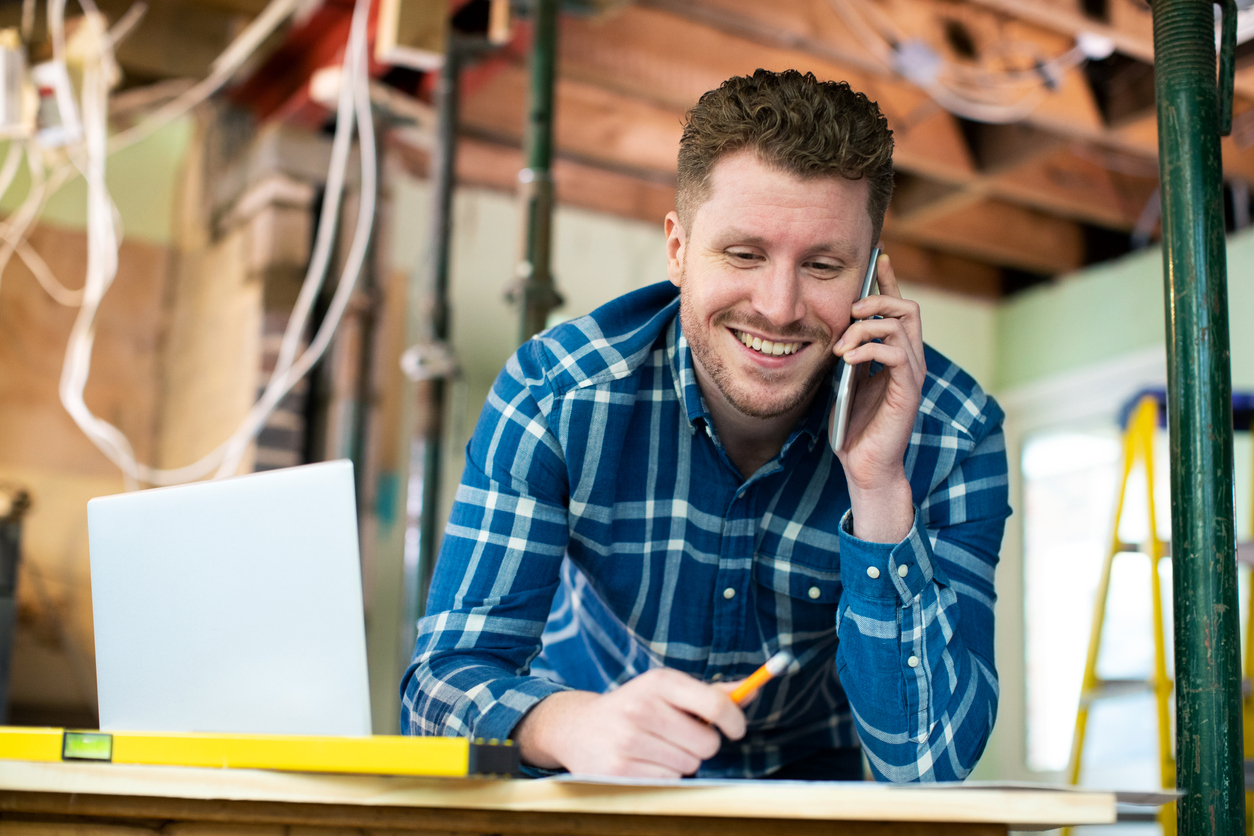Social media experts reveal why authenticity will be taking over our feeds

Social media has become an integral part of people’s lives and daily routines. The UK was home to 57.6 million active social media users in 2022 – according to the latest research from Statista. However, as competition grows within this sphere, this means it’s more difficult to stand out from the crowd. For this reason, Room Unlocked – a platform overhauling influencer marketing for the world’s biggest brands – unveils the trends that will be taking over our feeds in 2023. From authenticity across all platforms to the rise in popularity of niche, micro-influencers, here are the top trends due to social media in the new year.
1. Sensitivity expected from influencers will continue to grow
Room Unlocked found 60% of consumers in the UK say they find influencers who flaunt their wares on social media infuriating amidst the cost-of-living crisis, meaning influencers across the board are facing backlash due to out-of-touch content. With two-thirds of UK consumers planning to cut non-essentials in 2023 according to KPMG, influencers will be expected to tailor the content they post and ensure their content is well-timed in the current climate. This does not mean you must completely alter your content, but to be aware of who follows you and ensure that you are consistent with what you post – whether this be budget friendly hauls or luxury gift guides.
2. Video-based content will continue to be the dominating form of content on platforms
Short-video apps will continue to dominate the social media landscape in 2023 with platforms such as TikTok experiencing a constant growing trend reaching 9.2 million users this year in the UK according to Digimind. A big part of the reason these platforms are able to attract so many content creators is the fact that they offer more organic exposure to these creators than traditional methods, such as posting photos on Instagram.
3. Micro-influencers will continue to grow their following as they feel more relatable to their niche audiences
Smaller influencers are more engaged and connected with their followers, as opposed to the macro-influencers who may not have the time to follow up with the thousands of messages they receive. Brands that micro-influencers work with are usually more related to them and their niche, and they might genuinely use their product or service, whereas larger content creators may promote any product or service just for the money.
4. The big players remain most relevant, for now
Overall, for brands, it’s likely that ad spend on platforms such as Instagram and TikTok will continue to play a big part in marketing budget spends. More creators and business owners are expected to increase their ad spend to get more visibility as organic reach decreases. Now is a good time to start experimenting and testing ads while the prices are still low; they’re expected to rise in 2023.
5. Authenticity
Last but not least, authenticity is key to growing an audience, over and above aspiration. Particularly amongst Gen Z – who have a strong focus on quality and authenticity online, with data by Room Unlocked unveiling that close to half (47%) of young adults say they cannot relate to or identify with any influencers because of how disingenuous they are – genuine and unfiltered content will continue reshaping the internet and the way we consume social media.
Alex Payne CEO and co-founder of Room Unlocked, comments:
“At Room Unlocked, we have long promoted the benefits of brands working with genuine fans of their brand. The move from commercial transactions, where brands buy influencers and influencers sell themselves, to genuine connections built on brand love is gathering pace and with obvious benefits – less time required, no money involved, greater volumes of content with higher levels of engagement.
“The era of brands just placing ads through influencers is over. Instead, they now recognise the need to create fans and build longer term relationships. And when brands reciprocate the love of their fans, they get more back than they ever receive by simply paying someone.”






